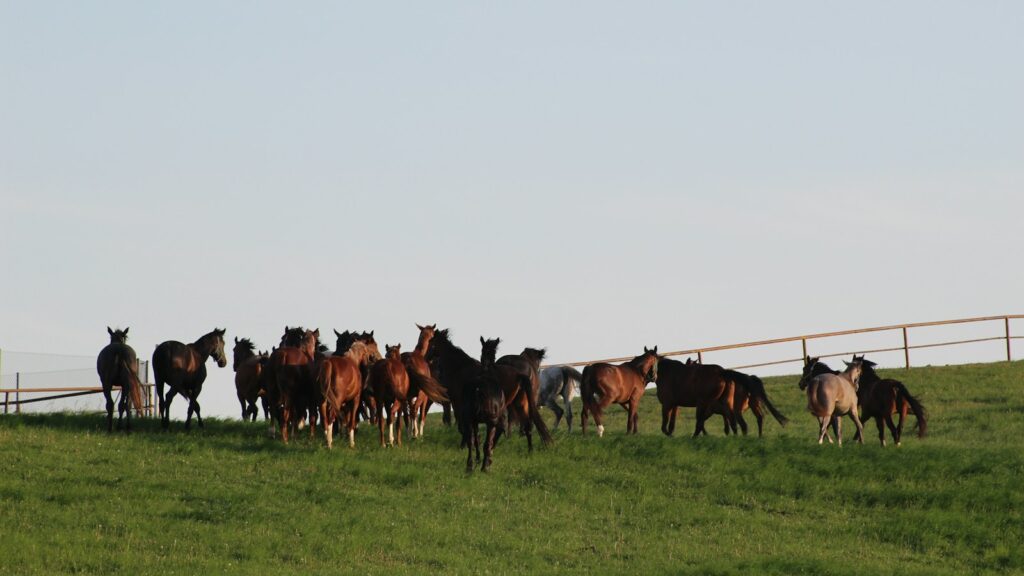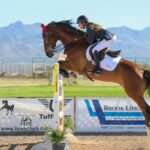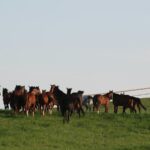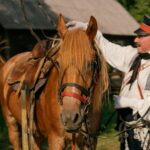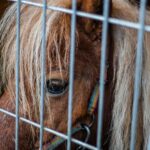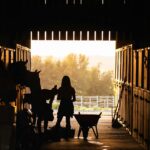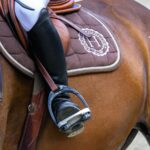Bringing a green horse into your life marks the beginning of an exciting partnership, but it also comes with unique challenges. Green horses—those with minimal training or handling experience—require patience, consistency, and thoughtful structure to develop into confident, responsive equine partners. Establishing a positive routine is perhaps the most important foundation you can create with your inexperienced horse. A well-designed routine builds trust, reduces anxiety, and creates a framework within which your green horse can learn and flourish. Unlike seasoned horses who may adapt quickly to new environments and expectations, green horses need predictability and gentle progression to feel secure. This article explores comprehensive approaches to creating routines that set your green horse up for success, fostering a relationship built on mutual respect and understanding.
Understanding Your Green Horse’s Perspective
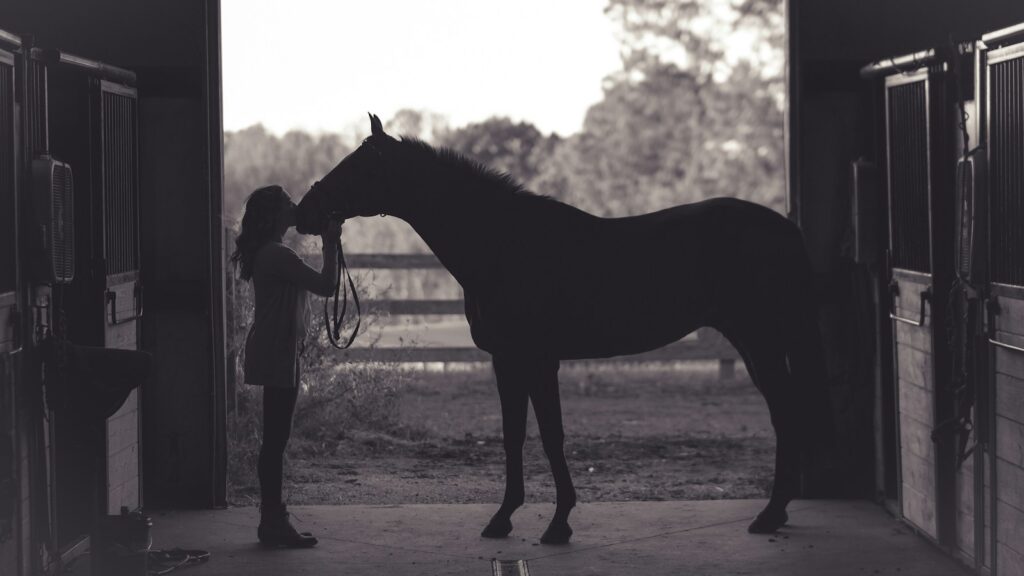
Green horses experience the world much differently than their more experienced counterparts. They often lack the mental frameworks to process multiple commands, complex environments, or unexpected changes. For a green horse, even basic handling procedures can trigger a flight response if introduced too quickly or without proper preparation. This heightened sensitivity stems from their natural prey animal instincts, which become more pronounced when they haven’t yet learned to trust human interactions. Understanding this perspective allows handlers to approach training with appropriate empathy and realistic expectations. By acknowledging your horse’s limited experience rather than labeling behaviors as stubbornness or defiance, you create space for genuine learning to occur.
Establishing Consistent Handling Times
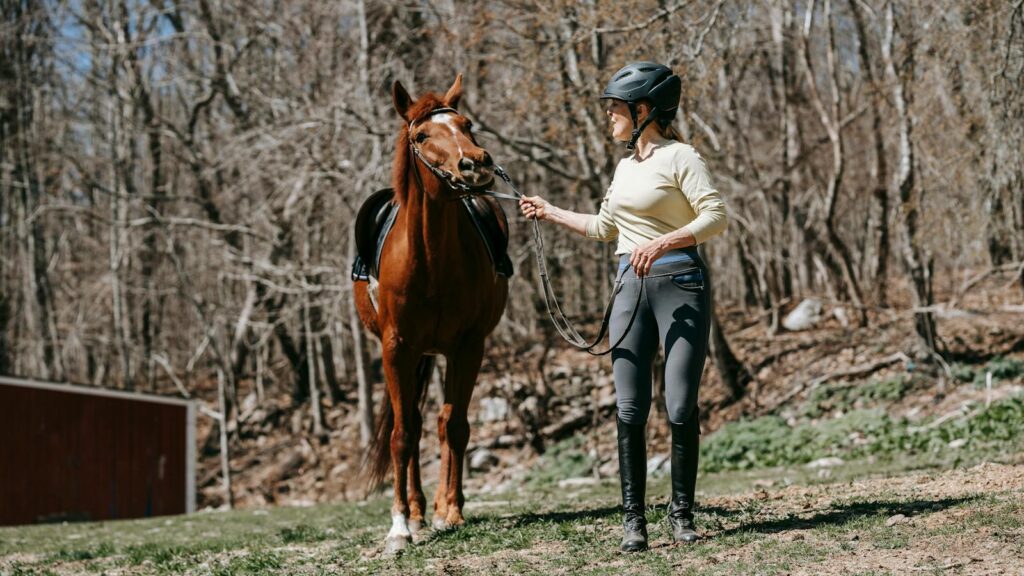
Consistency forms the cornerstone of effective green horse development. Establishing regular, predictable handling times helps your inexperienced horse understand when to expect human interaction, reducing anxiety about the unexpected. Aim to work with your green horse at the same time each day, even if the sessions are brief. This temporal consistency creates a rhythm your horse can begin to anticipate, making them more receptive to the work ahead. Many successful trainers find that shorter, more frequent sessions (perhaps 15-20 minutes, two or three times daily) yield better results than single, lengthy training sessions. Remember that consistency extends beyond timing to include your approach, energy level, and handling techniques—all elements that contribute to your horse’s sense of security.
Creating a Predictable Environment
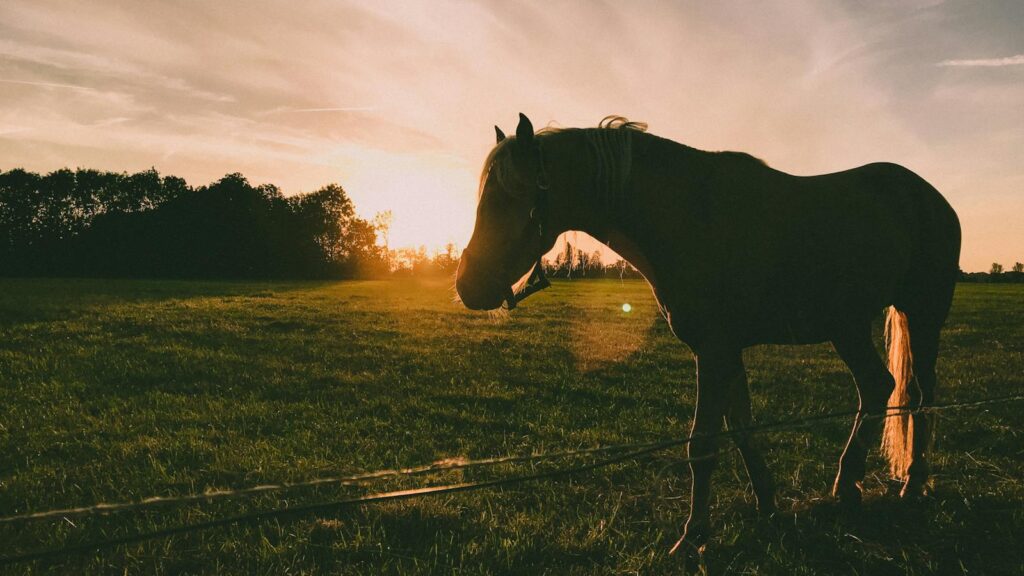
Environmental consistency provides green horses with the security they need to focus on learning rather than constantly assessing potential threats. Begin working in the same area repeatedly—ideally a quiet, enclosed space with minimal distractions. As your horse becomes comfortable in this primary training area, gradually introduce new environments while maintaining the same handling routines and expectations. Keep equipment, feeding stations, and grooming areas in consistent locations to help your horse navigate their world with growing confidence. Even the pathway you take from stall to arena should follow the same route initially, as this predictability helps minimize stress triggers. Remember that environmental consistency doesn’t mean never introducing new elements—rather, it means creating a stable foundation from which controlled exposure to new experiences can occur.
Implementing a Progressive Grooming Routine
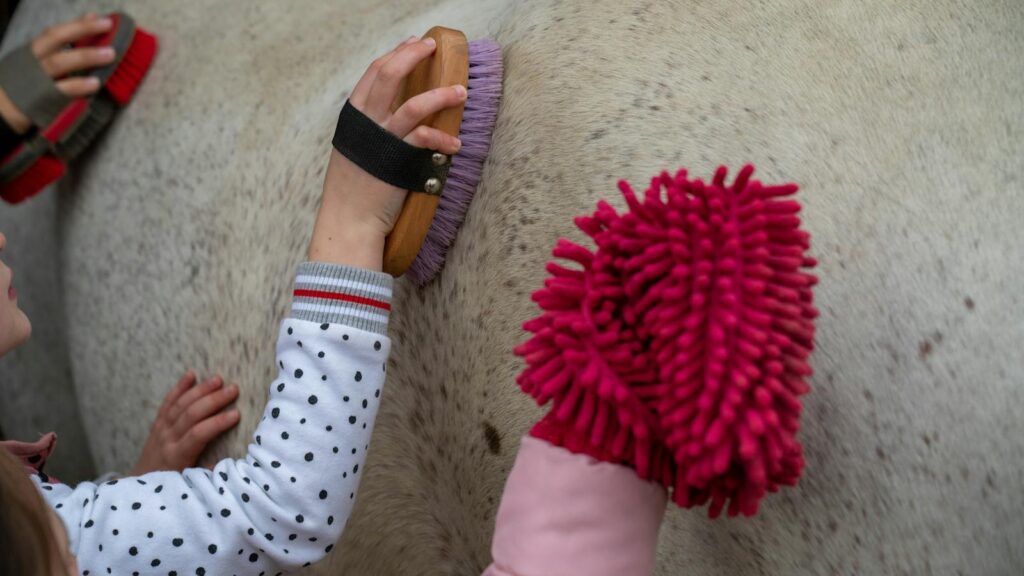
Grooming offers an excellent opportunity to establish positive handling routines while building essential trust with your green horse. Begin with a minimalist approach, using soft brushes and focusing on less sensitive areas like the neck and shoulders before gradually progressing to more sensitive regions. Establish a consistent grooming sequence that your horse can learn to anticipate—perhaps starting with gentle curry comb on the neck and working methodically backward. Keep initial sessions brief, perhaps just 5-10 minutes, and extend the duration as your horse demonstrates increased comfort. Incorporate verbal cues that signal transitions between grooming tools or body areas, providing additional predictability for your horse. Over time, this consistent grooming routine becomes a comfort ritual that prepares your green horse mentally for the training session ahead.
Designing Structured Groundwork Sessions
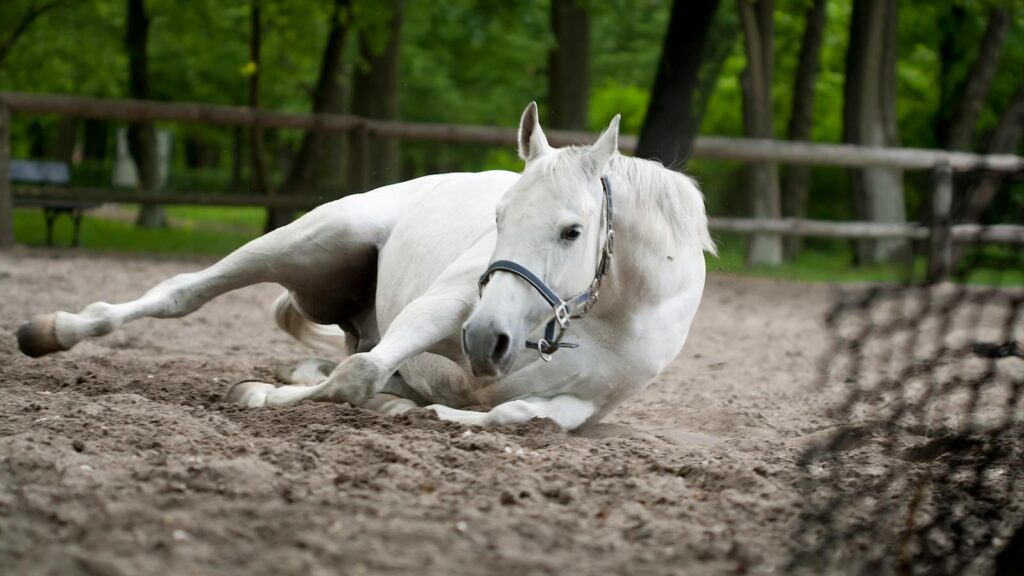
Groundwork forms the essential foundation upon which all future training builds, making structured sessions critical for green horse development. Create a consistent pattern for each groundwork session, perhaps beginning with gentle leading exercises, progressing to yielding the hindquarters, and concluding with desensitization to a particular object. Start each session with a brief review of previously mastered skills before introducing one new element or refinement. This approach builds your horse’s confidence while preventing the overwhelm that can occur when too many new concepts are introduced simultaneously. Maintain consistent verbal and physical cues across sessions to prevent confusion, as green horses require clear, repeated communication to form lasting associations. End each groundwork session with something simple and familiar that allows your horse to finish feeling successful.
Incorporating Desensitization Systematically
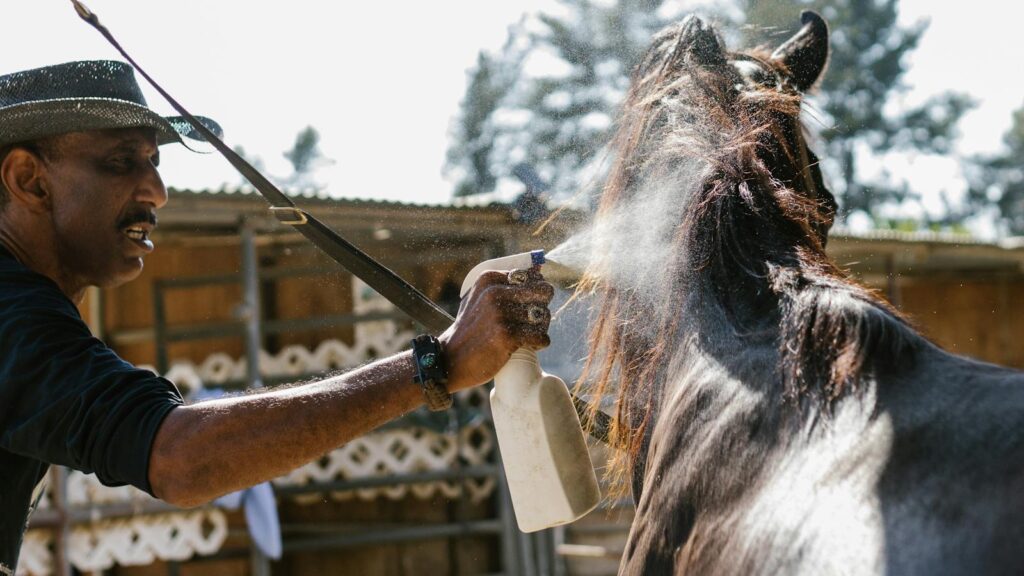
Green horses often struggle with novel stimuli, making systematic desensitization an essential component of their routine. Dedicate specific portions of your training sessions to controlled exposure to potentially frightening objects or experiences. Begin with low-stress items like soft brushes or folded blankets before progressively introducing more challenging stimuli such as plastic bags, umbrellas, or clippers. Use the approach and retreat method, where you present the object, then remove it when the horse shows the slightest sign of relaxation or acceptance. Consistency in your approach prevents your horse from developing negative associations with particular objects. Remember that desensitization should proceed at your horse’s pace, not according to an arbitrary timeline—some horses may require weeks of exposure to accept certain stimuli.
Establishing Clear Pre-Riding Routines
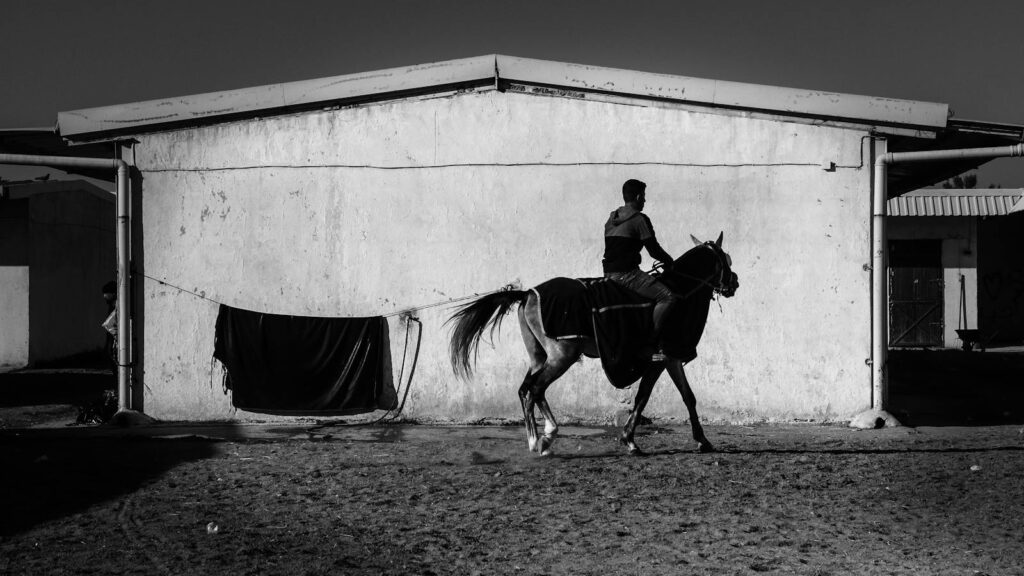
Before introducing riding to your green horse’s experience, establish clear pre-riding routines that create mental preparation for the work ahead. Develop a consistent sequence that might include catching from the field, grooming, tacking up with frequent breaks, and groundwork exercises that mentally engage your horse. This routine serves multiple purposes: it allows you to assess your horse’s mental state before mounting, creates predictability that reduces anxiety, and provides structured opportunities to reinforce ground manners. Many successful trainers incorporate specific signals that help the horse understand transitions in the routine, such as a verbal cue that indicates tacking up is about to begin. Pre-riding routines also offer the practical benefit of gradually increasing your horse’s attention span and ability to focus on you as the handler.
Planning Progressive Riding Introduction
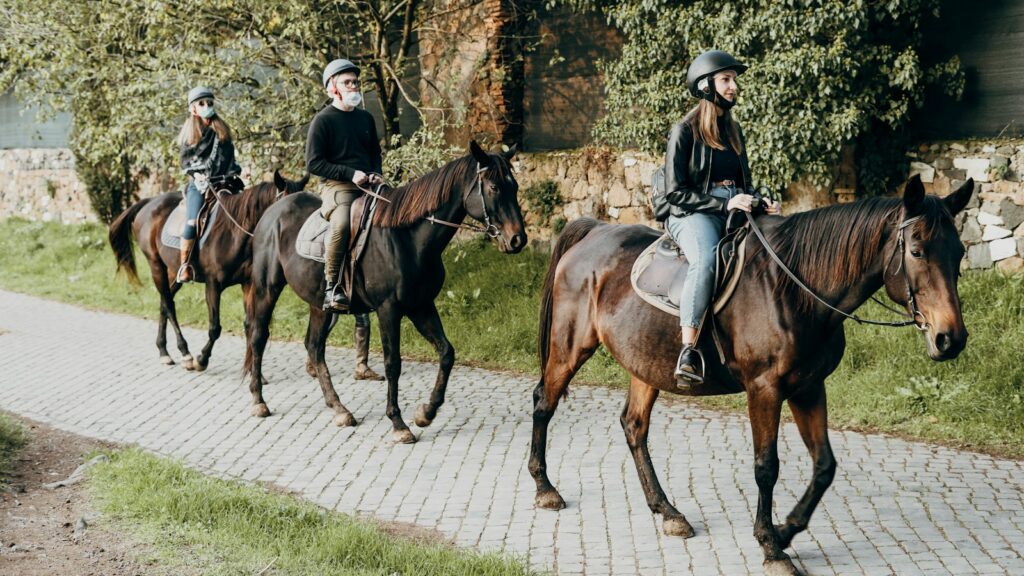
When introducing actual riding to your green horse, structured progression becomes even more critical. Establish a routine that might begin with simply mounting and dismounting several times, rewarding the horse for standing quietly, before advancing to walking a few steps. Create a consistent pattern for each riding session—perhaps starting with walking in large circles to the left, then to the right, before introducing straight lines or simple transitions. Keep initial riding sessions extremely brief, perhaps just 10-15 minutes, focusing on quality responses rather than duration. Incorporate regular breaks where you return to something familiar, allowing the horse to process new information without becoming mentally overloaded. This methodical approach helps prevent the development of anxiety or resistance that can occur when green horses are pushed too quickly into complex riding work.
Integrating Appropriate Exercise Patterns
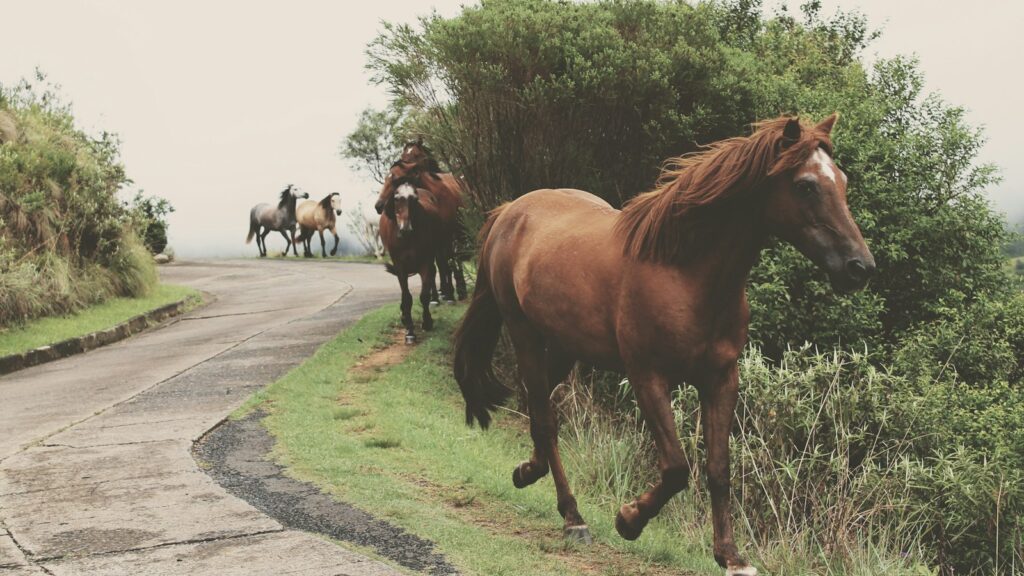
Physical conditioning must be approached systematically with green horses, as they typically lack the muscular development and proprioceptive awareness of experienced mounts. Design exercise routines that gradually build strength while avoiding physical and mental fatigue. Begin with short walking sessions on even terrain before progressively introducing gentle inclines, varied surfaces, and brief trotting intervals. Create consistent patterns in your conditioning work—for instance, always warming up with five minutes of walking before introducing any trotting work. Incorporate frequent direction changes and transitions to develop balance and responsiveness without overwhelming the horse. Remember that green horses often struggle with maintaining consistent gaits, so structure your exercise sessions to include frequent returns to walk, allowing mental and physical recovery.
Developing Turnout and Social Routines
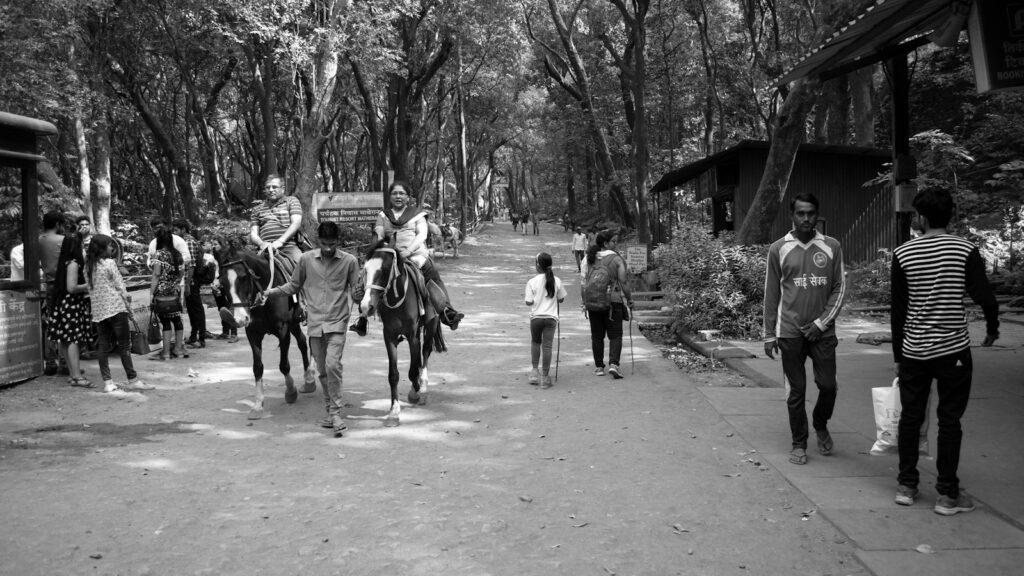
Green horses benefit tremendously from structured turnout and social interaction routines that complement their training program. Establish consistent turnout schedules, ideally allowing your horse to observe the same familiar environment and companions daily. Consider progressive turnout introduction if your horse is moving to a new facility—perhaps beginning with individual turnout before gradually introducing compatible equine companions. Many successful trainers find that turnout immediately following training sessions helps green horses process new information while releasing physical and mental tension. Social routines with appropriate equine mentors can dramatically accelerate a green horse’s development, as they learn appropriate responses and boundaries from experienced herd members. Remember that abrupt changes to established turnout routines can trigger regression in training progress, so maintain consistency whenever possible.
Creating Reward-Based Training Milestones

Structured reward systems help green horses understand when they’ve met expectations, accelerating the learning process. Establish clear, achievable milestones within each training session—perhaps standing quietly for tacking up, yielding to pressure consistently, or maintaining a steady walk for one circuit of the arena. Reward these accomplishments immediately with the release of pressure, verbal praise, brief rest periods, or occasional treats if appropriate for your training philosophy. Create a progression of milestones that builds logically, with each achievement preparing the horse for the next challenge. Document these milestones to track progress objectively, which helps maintain perspective during inevitable training plateaus. Remember that green horses often show inconsistent progress—celebrating small victories helps maintain handler motivation while building the horse’s confidence.
Implementing Strategic Rest Periods
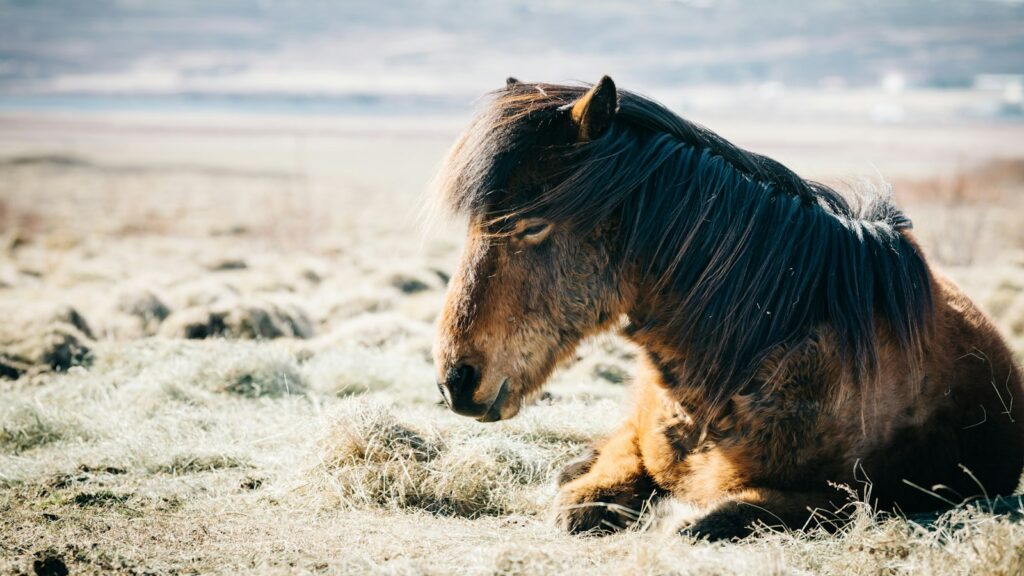
Rest constitutes an often-overlooked yet essential component of effective green horse development routines. Schedule deliberate rest days between training sessions to allow for physical recovery and mental processing of new information. Many experienced trainers follow an intensive training day with a lighter session focused on reinforcing familiar skills rather than introducing new challenges. Create structured downtime within each session as well—brief walking breaks or moments of standing quietly that reward effort while preventing mental fatigue. Some trainers find that implementing a cyclical training schedule (perhaps three days of progression followed by one day of review and rest) optimizes learning while preventing both physical and mental burnout. Remember that green horses typically require more processing time than experienced mounts, making strategic rest periods an investment in long-term development rather than a training delay.
Adapting Routines as Your Horse Develops
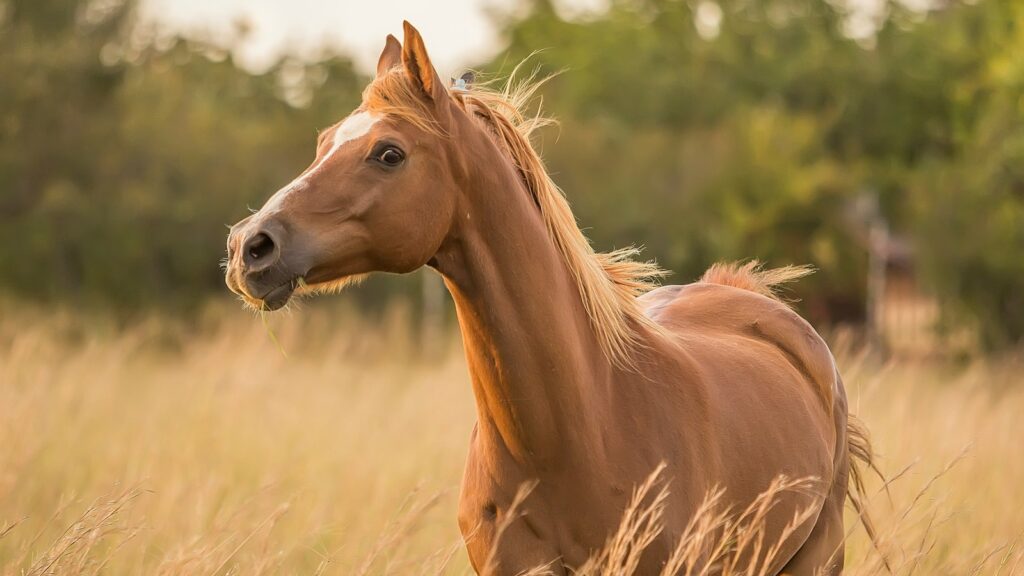
While consistency forms the backbone of effective green horsemanship routines, thoughtful evolution prevents stagnation as your horse develops. Establish systematic criteria for advancing your horse’s routine—perhaps mastery of a particular skill set, demonstrated confidence in specific environments, or consistent relaxation during handling procedures. Create a progression plan that gradually introduces complexity while maintaining familiar elements that provide security. Many successful trainers implement the 80/20 rule—keeping 80% of their routine consistent while introducing new challenges in the remaining 20%. Document your horse’s responses to routine modifications, identifying patterns that indicate readiness for advancement or the need for additional reinforcement. Remember that evolution should occur gradually—sudden, dramatic changes to established routines typically trigger confusion or anxiety rather than growth.
Troubleshooting Routine Breakdowns
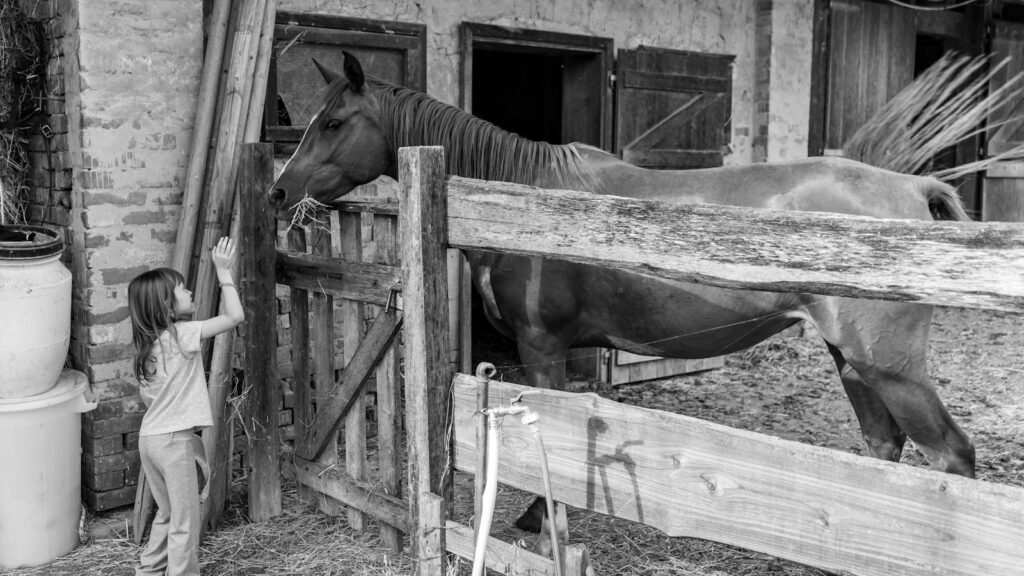
Even well-designed routines occasionally encounter challenges, making systematic troubleshooting an essential skill for green horse development. Establish a consistent approach to addressing routine disruptions—perhaps returning to the last point of success and rebuilding gradually rather than forcing compliance. Create assessment protocols that help distinguish between confusion, physical discomfort, fear responses, and testing behaviors, as each requires a different remediation approach. Many experienced trainers find that temporary simplification of routines during challenging periods helps reestablish confidence before returning to more complex work. Maintain detailed records of the circumstances surrounding routine breakdowns, which often reveal patterns indicating specific triggers or physical issues requiring attention. Remember that regression in green horses frequently occurs during growth phases—responding with patience rather than frustration helps maintain the positive association with training.
conclusion
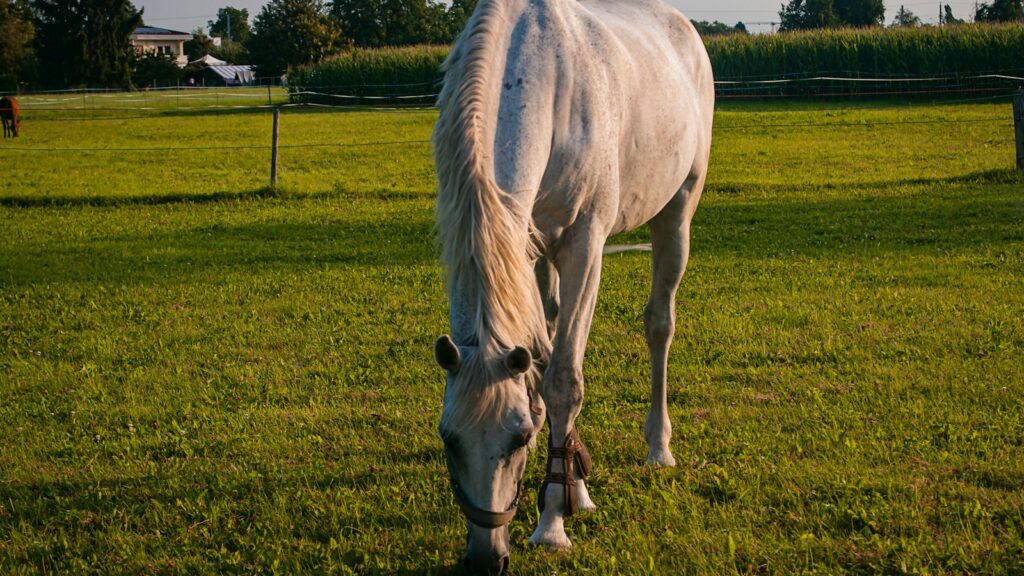
Creating a positive routine for your green horse represents both an art and a science, requiring thoughtful structure balanced with adaptability to your individual horse’s needs. The time invested in establishing consistent, progressive routines pays tremendous dividends through accelerated learning, reduced anxiety, and a stronger partnership built on mutual trust. Remember that green horses thrive on predictability while gradually expanding their comfort zones through systematic exposure to new experiences. By approaching routine development methodically—addressing handling, groundwork, riding, turnout, and rest with equal attention—you create a comprehensive framework within which your green horse can develop into a confident, willing partner. While the journey requires patience and consistency, few equestrian experiences prove more rewarding than witnessing the transformation of a hesitant green horse into a secure, responsive equine companion through the power of positive routine.

